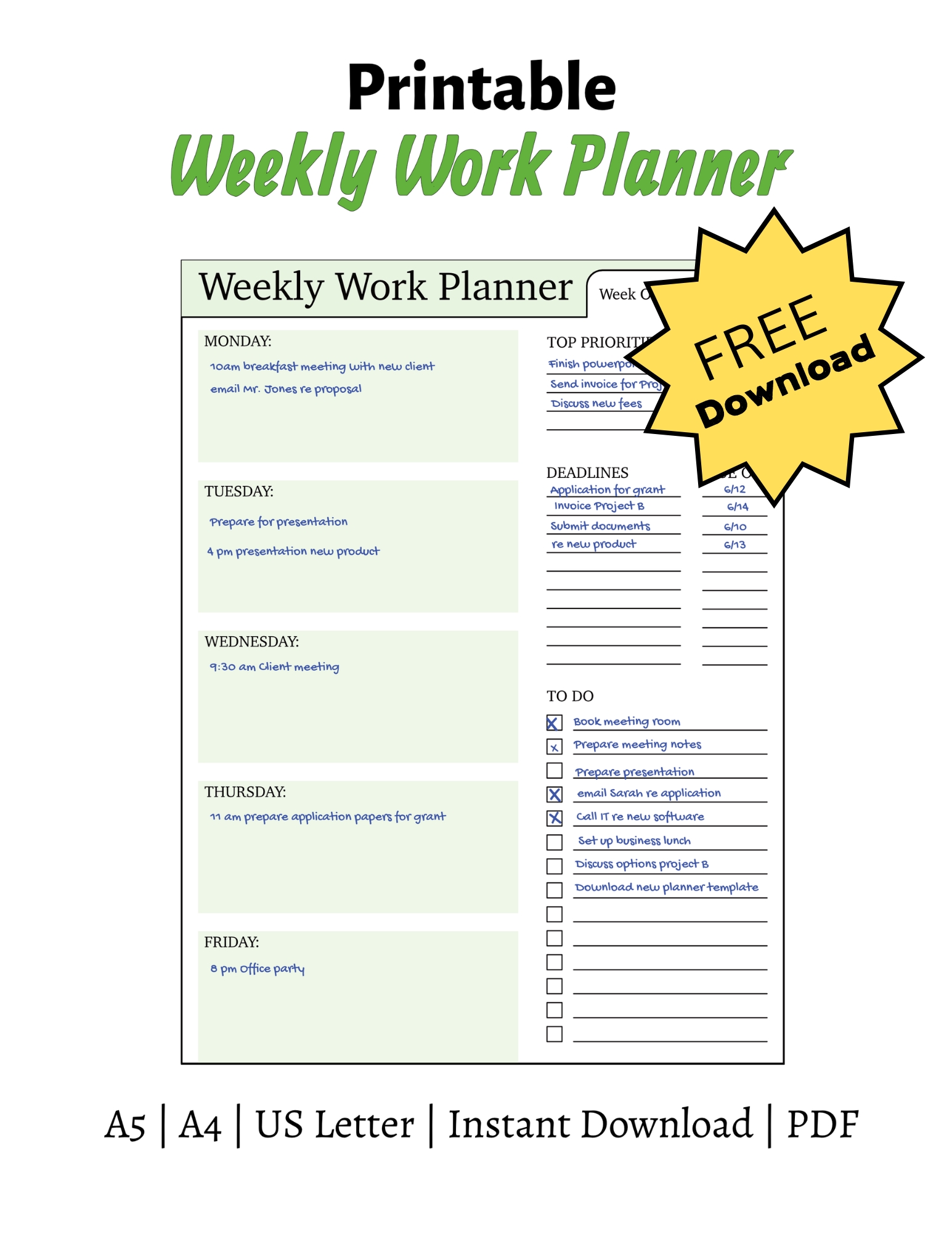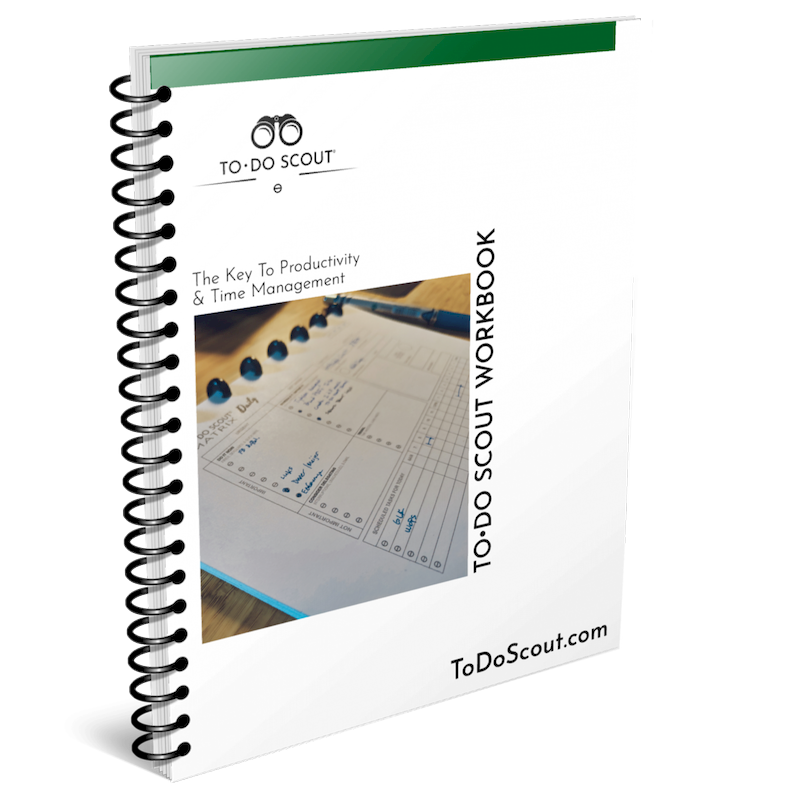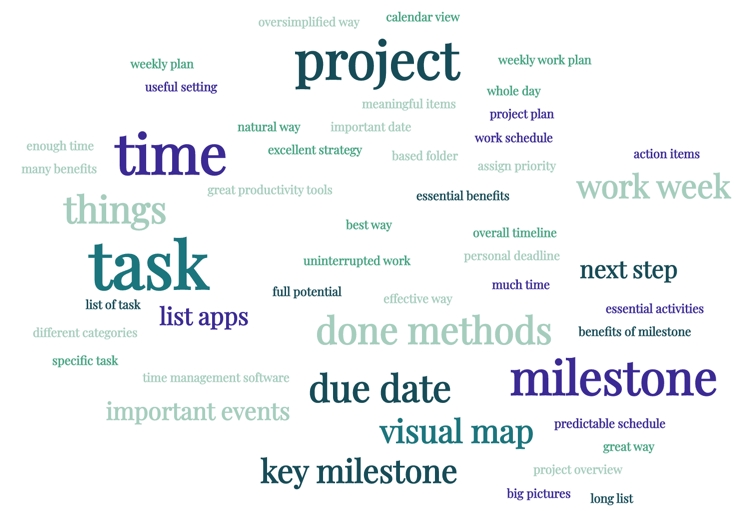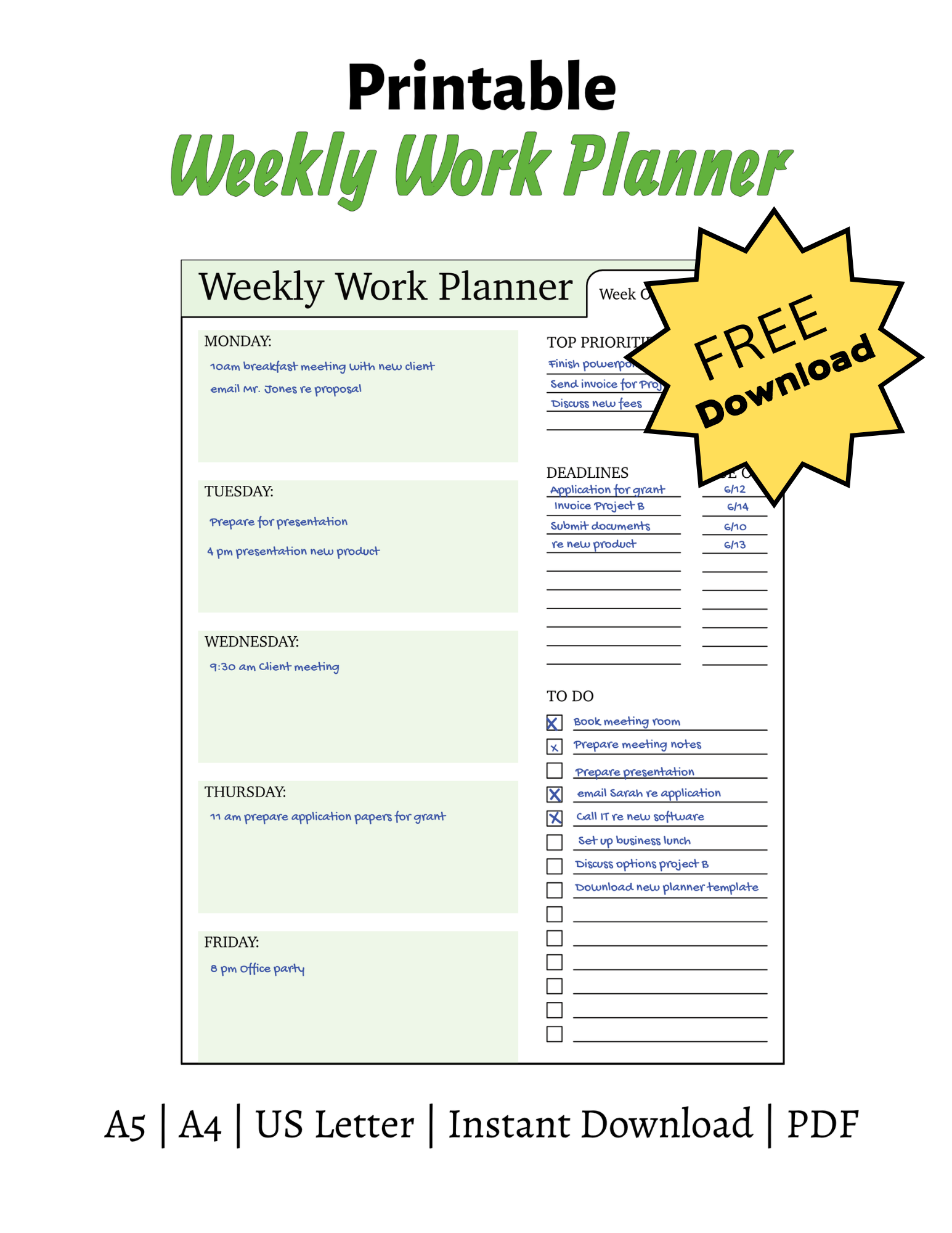What Is a Weekly Work Plan


A weekly work plan helps you to structure your time efficiently and effectively. It should include meetings, important events, and time for uninterrupted work. It allows you to set a predictable schedule, avoid missing important events, and better understand your flow. A weekly plan also helps you to break your day up into hours instead of whole days.
Planning out your workweek
The best way to manage your work week is to have a schedule. You should give each day a theme. For example, you might spend your mornings catching up on email and your afternoons working on specific tasks. You may hire a friend to help you plan your work week. This way, you can be productive and not burn out at the end of the week. There are many benefits of planning out your workweek.
You can plan your work week by writing down your tasks and estimating the time you will need to complete each. Once you have your schedule written out, you can monitor your progress and adjust accordingly. You can also use time management software, making it easier to track your time and adapt. Remember that the time you allocate to your workweek should not exceed 40 hours. If you exceed that amount, you may have to reevaluate your priorities and delegate some work to others.
Setting key milestones
Setting key milestones can help keep your progress on track when working on a project. They are also a natural way to measure progress as your project advances. Without milestones, your project can seem overwhelming, and you’ll find it difficult to assess progress over time. Setting key milestones is a great way to start if you’re looking to improve your productivity.
One of the essential benefits of milestones is that they help you see the big picture. By setting milestones, you can keep track of important dates and events that can affect the overall timeline of your project. They also give you a context to motivate yourself and your team and make cross-project overviews digestible.
Organizing tasks by the due date
Organizing tasks by the due date is an excellent strategy for keeping track of the tasks that need to get done during the week. You can write down these tasks on the day they are due and indicate how much time you have to finish them. Treat each task like a meeting and write down the time required to complete it.
A to-do list is a great productivity tool, but most people rarely use it to its full potential. The problem is that most to-do list apps force you to prioritize tasks in an oversimplified way. They tend to prioritize tasks by the due date rather than their importance. Most to-do list apps have calendar views and deadline-based folders to help you prioritize tasks.
Creating a visual map of your week
One of the most effective ways to manage your workload is to create a visual map of your week. To create a work schedule, divide your tasks into different categories and determine what you want to achieve at the end of the week. Make sure to set a personal deadline for each task. This way, you’ll have a sense of whether you have enough time to complete everything you’ve assigned.
To make your work plan visual, use tools like GanttPRO. These tools have useful settings that let you create hierarchies and assign tasks to individuals. A visual map of your week helps you to see your tasks in an easy-to-understand way. You can add due dates and assign priority to each action item in GanttPRO to ensure you’re not wasting time. You can even include milestones to highlight the most essential activities of your week.
Getting Things Done method
The Getting Things Done method suggests that we organize our information into a system that categorizes our work into projects and tasks. The Getting Things Done method uses lists and checklists to manage information and processes input into meaningful items. To use this method, we write down every task, project, and idea and then process and sort it until we arrive at the next step. This process can help us stay on track and reduce the chances of being overwhelmed by a long list of tasks or ideas.
The Getting Things Done method recommends creating a project plan before executing it. A project is an item that requires more than two steps, such as an email. Once this list is made, the next step is to organize the tasks and identify bottlenecks. Although a plan is helpful, it does not guarantee execution.
Grab your Free Planner below.
Want To Master Time Management
Find out here by learning more about the To-Do Scout Time Management Planner

Word Cloud Weight: Done methods; Due date; Task; Work week; Visual map;


